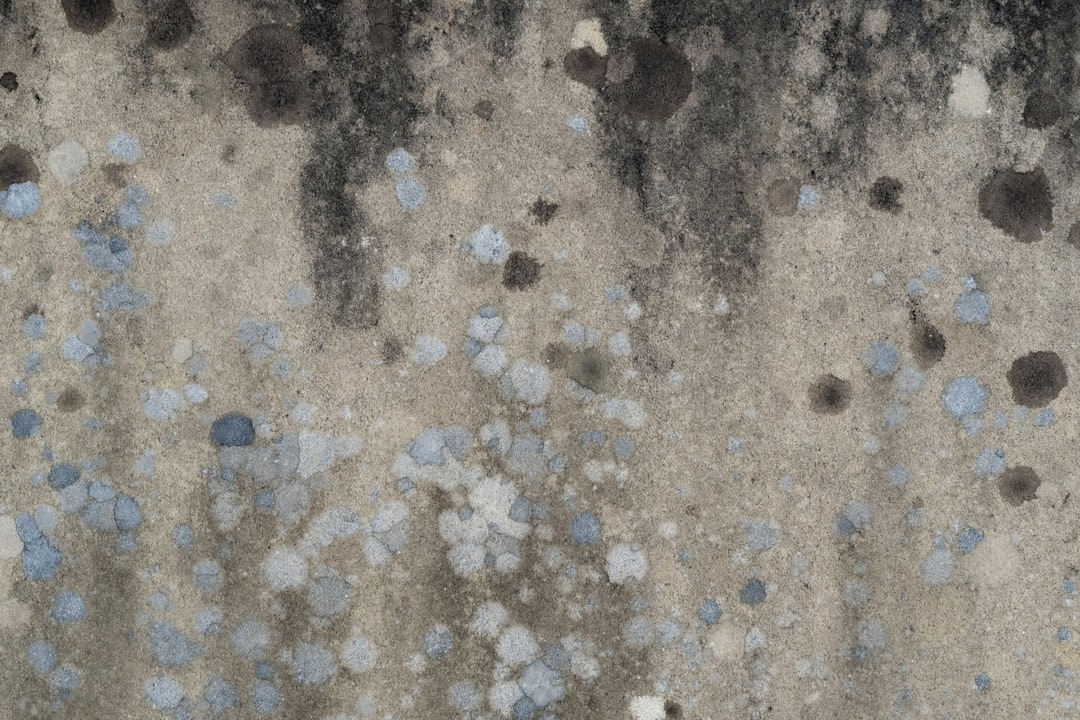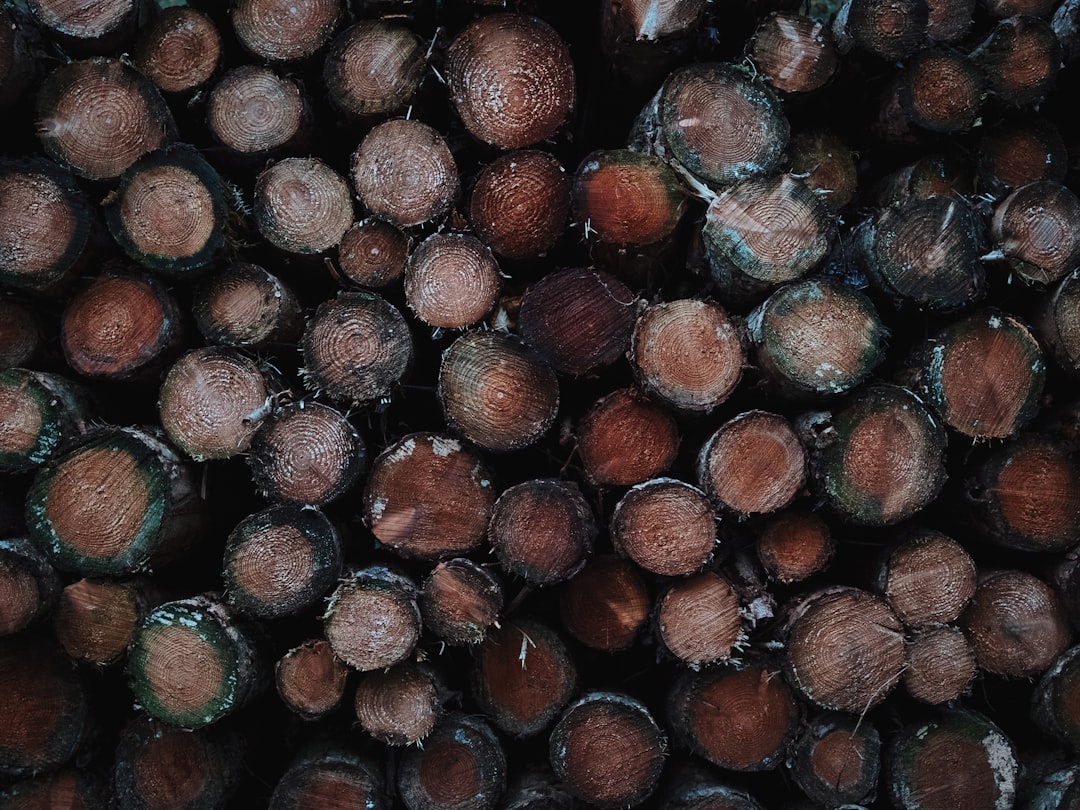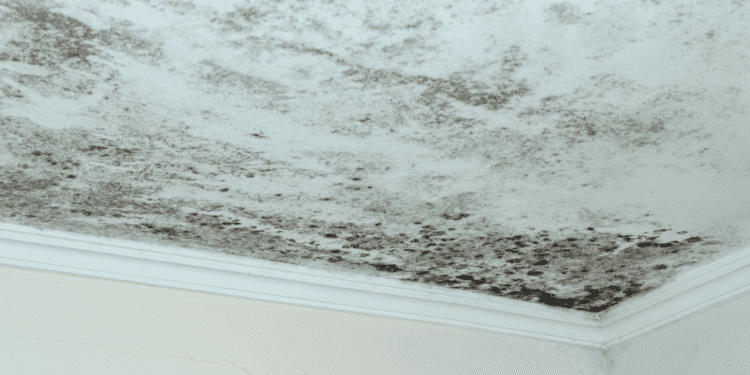Exploring the Dangers: A Guide to Different Types of Mold in Buildings
Understanding the Types of Mold Found in Buildings – An overview of common types of mold found indoors, their associated health risks, and strategies for mold remediation.
Overview of Mold Growth in Buildings
Mold growth in buildings is a common issue that can have detrimental effects on both the structure and the health of occupants. Mold can proliferate on various surfaces such as drywall, carpet, insulation, and wood, especially in environments with high humidity levels that provide an ideal breeding ground for mold spores. For example, a leaking pipe can create a moist environment that promotes mold growth, leading to visible colonies on walls or ceilings if not promptly addressed. Understanding the conditions that contribute to mold growth is essential for implementing effective prevention and remediation strategies to maintain a healthy indoor environment.
Moreover, mold spores are microscopic particles that can be carried through the air, settling on surfaces where moisture is present and initiating the growth cycle. Once mold spores find a suitable environment with moisture and a nutrient source, they can quickly colonize and spread within a building if left unchecked. Regular inspections for signs of water damage, proper ventilation to control humidity levels, and prompt repair of leaks are crucial steps in preventing mold infestations. By addressing moisture issues proactively, property owners can mitigate the risks associated with mold growth and ensure a safe living or working environment for occupants.
In addition to the visible impact of mold on building materials, prolonged exposure to mold can pose serious health risks to individuals. Mold can trigger allergic reactions, respiratory issues, and other health problems, especially in those with pre-existing conditions or compromised immune systems. Therefore, recognizing the signs of mold growth and taking swift action to address the root cause is imperative in safeguarding the well-being of building occupants. By understanding how mold proliferates and the potential consequences of exposure, property owners can prioritize maintenance practices that prevent mold growth and protect the health of those in the building.
 Common Types of Mold Found in Buildings
Common Types of Mold Found in Buildings
Cladosporium
Cladosporium is a prevalent type of mold commonly found indoors, known for its ability to cause skin rashes and eye infections in susceptible individuals. This mold species often thrives on fabrics, carpets, and upholstered furniture, where moisture and organic matter provide an ideal habitat for its growth. For example, if a building experiences a water leak that saturates the carpet, Cladosporium spores present in the air may settle and begin to colonize the damp carpet fibers. Recognizing the characteristics of Cladosporium and its preferred habitats is essential for effectively targeting remediation efforts and preventing its recurrence.
Penicillium
Penicillium, distinguished by its musty odor in indoor environments, is another common type of mold that can impact both air quality and human health. When present on surfaces like wallpaper, carpeting, and insulation materials, Penicillium can release spores that may trigger respiratory issues such as coughing and wheezing in occupants. For instance, if a building experiences prolonged exposure to high humidity levels without adequate ventilation, Penicillium spores in the air may settle on surfaces and begin to grow. Understanding the conditions that promote Penicillium growth and implementing measures to address moisture issues are crucial steps in preventing its spread and mitigating associated health risks.
 Aspergillus
Aspergillus
Aspergillus molds are known for producing airborne spores that can be inhaled, leading to respiratory problems and other health issues. Thriving in damp conditions, Aspergillus is commonly found on water-damaged materials, posing a risk to individuals with respiratory sensitivities. For example, in a building with poor ventilation and a history of water leaks, Aspergillus spores may find suitable conditions to germinate and form mold colonies. Recognizing the potential health effects of Aspergillus exposure underscores the importance of proactive moisture control and prompt remediation to prevent its proliferation and protect indoor air quality.
Alternaria
Alternaria is recognized for its ability to cause allergic reactions and asthma symptoms, particularly in individuals with respiratory sensitivities. This mold species is often found in damp areas such as bathrooms and kitchens, where moisture levels are elevated. For instance, if a building experiences a plumbing issue that leads to water accumulation in the bathroom, Alternaria spores present in the air may settle on surfaces and initiate mold growth. Understanding the environmental conditions that favor Alternaria growth and implementing measures to address moisture sources are essential in preventing its spread and minimizing health risks for occupants.
Stachybotrys
Stachybotrys, commonly referred to as black mold, requires significant water damage for growth, such as flooding or persistent leaks. This mold species releases mycotoxins that can pose serious health risks when inhaled, making prompt remediation crucial. For example, in a building with a history of water intrusion and insufficient drying, Stachybotrys may develop on cellulose-rich materials like drywall and ceiling tiles. Recognizing the distinctive characteristics of Stachybotrys and its association with water damage highlights the importance of addressing underlying moisture issues to prevent its growth and protect occupants from potential health hazards.
Health Risks Associated with Mold Exposure
Prolonged exposure to mold can have serious health consequences, ranging from respiratory issues to chronic sinus infections. Individuals with compromised immune systems are particularly vulnerable to mold-related health problems, emphasizing the importance of maintaining a healthy indoor environment free from mold contamination. For example, individuals with asthma or allergies may experience worsened symptoms when exposed to mold spores, underscoring the need for timely remediation and prevention measures. By understanding the potential health risks associated with mold exposure, building occupants can take proactive steps to mitigate these risks and ensure a safe living or working environment.
Furthermore, mold exposure has been linked to the development and exacerbation of asthma in susceptible individuals. The presence of mold in indoor environments can trigger asthma symptoms, leading to respiratory distress and reduced quality of life for affected individuals. For instance, individuals with asthma may experience increased coughing, wheezing, and shortness of breath when exposed to mold spores. Recognizing the impact of mold on respiratory health highlights the importance of effective mold remediation strategies and indoor air quality management to protect vulnerable populations from adverse health effects.
In addition to respiratory issues, prolonged exposure to mold can result in chronic sinus infections and other upper respiratory illnesses. Mold spores can irritate the nasal passages and sinus cavities, leading to inflammation and recurrent infections in some individuals. For example, individuals working in mold-contaminated buildings may experience persistent nasal congestion, sinus pressure, and headaches due to mold exposure. Understanding the potential health consequences of mold exposure underscores the importance of proactive measures to prevent mold growth and maintain a healthy indoor environment for occupants.
 Mold Remediation Strategies
Mold Remediation Strategies
Effective mold remediation strategies involve a comprehensive approach to address mold growth in buildings and prevent recurrence. In addition to proper ventilation and moisture control, targeted cleaning agents and equipment play a crucial role in removing mold colonies and restoring indoor air quality. For example, specialized cleaning agents formulated to target specific types of mold, such as Cladosporium or Penicillium, can effectively eliminate mold spores and inhibit further growth. By using appropriate cleaning agents tailored to the type of mold present, remediation efforts can be more efficient and successful in eradicating mold contamination.
Moreover, professional mold remediation services often utilize advanced technologies to detect hidden mold growth and ensure thorough removal. State-of-the-art equipment such as infrared cameras and moisture meters can help identify moisture sources and areas of mold infestation that are not visible to the naked eye. For instance, in a commercial building with a history of water leaks, infrared cameras can detect hidden mold growth behind walls or ceilings, allowing for targeted remediation efforts. By leveraging advanced technologies, mold remediation services can provide more precise and effective solutions to address mold contamination and safeguard indoor air quality.
In cases where extensive mold infestations are present, professional mold remediation services may be necessary to ensure thorough removal and prevent future recurrences. Specialized cleaning agents, equipment, and techniques are employed to address mold growth in hard-to-reach areas and hidden spaces within a building. For example, in a residential property with extensive mold contamination, professional remediation services may involve containment measures, air filtration, and thorough cleaning to eliminate mold spores and prevent cross-contamination. By enlisting the expertise of trained professionals, property owners can achieve comprehensive mold remediation and restore a safe and healthy indoor environment for occupants.
 Mastertech Environmental’s Specialized Mold Remediation Services
Mastertech Environmental’s Specialized Mold Remediation Services
Mastertech Environmental is a trusted company that specializes in mold removal and offers a range of services to address mold contamination in residential and commercial buildings. With a team of skilled professionals who undergo rigorous training, Mastertech Environmental is equipped to handle mold remediation projects of varying sizes and complexities. For example, in a recent mold remediation project in a commercial building, Mastertech Environmental successfully removed extensive mold growth, restoring a safe and healthy environment for occupants. This exemplifies the company’s commitment to quality service and expertise in mold remediation.
Furthermore, Mastertech Environmental utilizes advanced technologies to detect and eliminate mold at its source, ensuring thorough removal and preventing future recurrences. By employing state-of-the-art equipment such as infrared cameras and moisture meters, Mastertech Environmental can identify hidden mold growth behind walls or ceilings and implement targeted remediation efforts. For instance, in a residential property with mold contamination, advanced technologies can pinpoint areas of mold infestation that require focused remediation. This advanced approach allows Mastertech Environmental to deliver effective solutions and ensure a safe indoor environment for building occupants.
In addition to its technical expertise, Mastertech Environmental offers tailored solutions for residential and commercial mold remediation needs, addressing the unique requirements of each project. Whether it’s a small apartment with localized mold growth or a large office building requiring extensive remediation, Mastertech Environmental customizes its services to deliver optimal results. For example, in a residential property with a history of water damage, Mastertech Environmental may conduct a thorough inspection, develop a remediation plan, and implement targeted cleaning strategies to eliminate mold contamination. By offering personalized solutions, Mastertech Environmental ensures that every mold remediation project is handled with precision and care, meeting the specific needs of each client.
 Why Choose Mastertech Environmental for Mold Remediation
Why Choose Mastertech Environmental for Mold Remediation
When selecting a mold remediation service provider, it is essential to consider the track record and reputation of the company in delivering effective solutions and customer satisfaction. Mastertech Environmental stands out for its history of successful mold remediation projects and positive customer feedback. For example, in testimonials from satisfied clients, Mastertech Environmental is praised for its professionalism, expertise, and commitment to quality service. This demonstrated track record of excellence underscores the company’s reliability and dedication to ensuring customer satisfaction.
Moreover, Mastertech Environmental prioritizes ethical and environmentally friendly mold removal practices, emphasizing sustainable solutions that minimize the impact on the environment. By using eco-friendly cleaning agents and practices, Mastertech Environmental not only eliminates mold contamination but also promotes a healthier indoor environment. For instance, in a commercial building undergoing mold remediation, Mastertech Environmental may employ green cleaning products that are safe for both occupants and the environment. This environmentally conscious approach aligns with the company’s commitment to responsible remediation practices and sustainability.
Additionally, Mastertech Environmental offers 24/7 emergency mold remediation services, providing timely assistance in urgent situations and ensuring prompt resolution of mold-related issues. For example, in the event of a sudden water leak or flooding that leads to mold growth, Mastertech Environmental’s around-the-clock availability allows for immediate response and mitigation. This commitment to emergency services underscores Mastertech Environmental’s dedication to prioritizing the health and safety of its clients and providing reliable solutions when mold issues arise.
Frequently Asked Questions About Mold in Buildings
Understanding the types of mold found in buildings is essential for addressing potential health risks and property damage associated with mold contamination. Common types of mold such as Cladosporium, Penicillium, Aspergillus, Alternaria, and Stachybotrys have distinct characteristics and effects on human health. For example, Cladosporium, commonly found on fabrics and carpets, can cause skin rashes and eye infections, highlighting the importance of prompt remediation efforts. Similarly, Penicillium, known for its musty odor, can lead to respiratory issues like coughing and wheezing when present in indoor environments, underscoring the need for proactive mold management strategies.
Moreover, addressing mold promptly is crucial, particularly in office buildings, to prevent health issues and potential legal ramifications. High moisture levels resulting from factors like leaks and flooding can contribute to mold proliferation, emphasizing the urgency of swift intervention. Mold exposure has been linked to chronic sinus infections, respiratory illnesses, and asthma development, especially affecting individuals with compromised immune systems. Therefore, recognizing the types of mold commonly found in buildings and their associated health risks is paramount in implementing effective prevention and remediation measures to safeguard occupants’ well-being.
Call to Action
Prioritizing your health and protecting your property from the risks of mold contamination requires proactive measures and timely intervention. Mold growth in buildings can pose significant health hazards and structural damage if left unaddressed. By taking steps to identify and remediate mold issues promptly, you can ensure a safe and healthy indoor environment for yourself, your family, or your employees.
For comprehensive mold remediation services tailored to your specific needs, consider exploring Mastertech Environmental’s expertise in mold removal and remediation. With a team of skilled professionals, advanced technologies, and a commitment to ethical practices, Mastertech Environmental offers effective solutions to eliminate mold contamination and restore a safe living or working environment. Visit the Mastertech Environmental website to learn more about their services and how they can assist you in addressing mold-related concerns efficiently and effectively. Do not compromise on your well-being or the integrity of your property – take proactive steps to address mold issues with the support of trusted professionals.
References
Include a list of cited sources [1][2][3].















